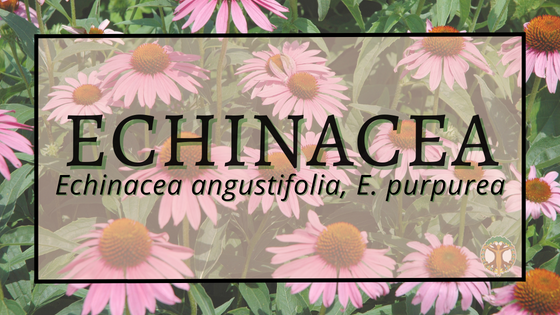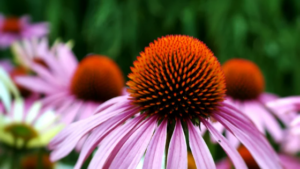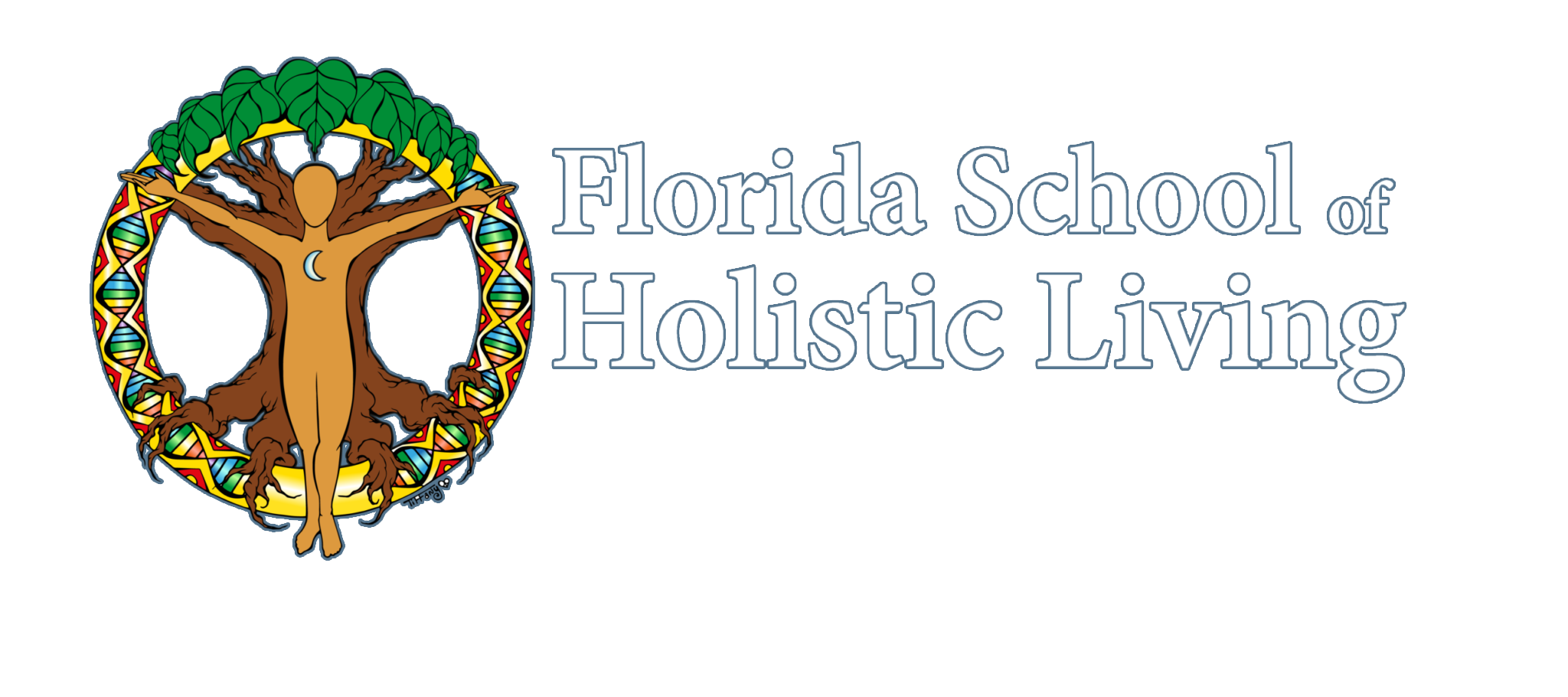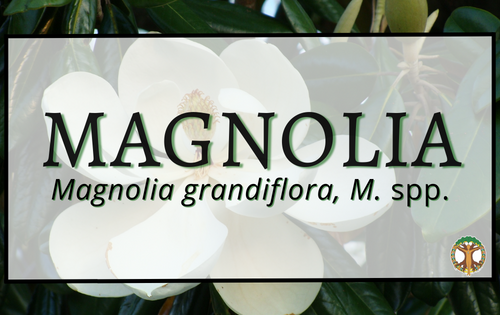
Echinacea

Latin Names: Echinacea angustifolia, Echinacea purpurea
Common Names: Echinacea • Purple coneflower • Red sunflower • Cone flower • Missouri snakeroot • Purple Kansas coneflower
Family: Asteraceae
Habitat: Echinacea is a perennial plant that grows to 4 ft. with upright stems and purple to pink flowers that are daisy-like. It’s a hardy perennial that has branched stems with oval, lanceolate, bristly leaves. The large flowers have brown-orange centers that are packed with bristly scales. Echinacea is native to central and eastern North America. It grows best in open woodlands and prairies.
At-Risk Status: As of July 2022, Echinacea spp. moved from the United Plant Savers list of plants “In-Review” to officially “At-Risk.”
To learn more, visit United Plant Savers and see their At-Risk Species list and their information regarding Echinacea.
Parts Used: Whole plant (flower, leaves, & roots)
History/Tradition: Historically, it has been used topically to treat snake bites or bites from other venomous creatures. It was also used often to soothe burns, wounds, and relieve toothaches.
Early uses favor the E. angustifolia root, which has high levels of alkylamides that offer a tingling sensation in the mouth that can stimulate saliva production.
Energetics: Cooling • Drying • Stimulating
Indications: For the E. purpurea root:
- Can help heal symptoms of the common cold and flu as well as upper respiratory infections
- Supports general immune system function, typically taken no more than for two weeks at a time
- Can combat vaginal candidiasis, when in combination with an antifungal
- For non-healing wounds, it can be applied topically or taken orally to jumpstart the system
Systems: Respiratory system • Immune system • Lymph system • Circulatory system • Urinary system
Actions:
- Anti-inflammatory
- Immune modulator
- Can help treat wounds and infections
- Cold and flu support
- Acne
- Boils
- Abscess
- Detoxifying
- Mouth infections
- Warts
- Venomous bites
- Fever
- Urinary tract wellness
- Allergies
Cautions:
- May cause an allergic reaction in some people
- Don’t use it internally long-term as it can upset the digestive system
- Individuals with autoimmune conditions shouldn’t take it internally as it as an immune booster and could accuse a flare-up
Constituents: Alkylamides • caffeic acid derivatives • polysaccharide • polyacetylenes • essential oils
Uses: Most often used to make tinctures, teas, decoctions, mouthwash, and poultices.
Watch the Video Plant Profile with Emily on YouTube!
Disclaimer: This content is intended for educational purposes only. Please consult your healthcare provider before making changes based on the material.
References:
Desk Reference for Nature’s Medicine, by Steven Foster & Rebecca L. Johnson (p.138-139)
The Lost Book of Herbal Remedies, by Nicole Apelian Ph. R & C.D. (p. 72-73)
Encyclopedia of Herbal Medicine, by Andrew Chevallier (p. 92)
https://www.americanherbalistsguild.com/sites/default/files/spelman_kevin_-_echinacea_update.pdf
https://pubmed.ncbi.nlm.nih.gov/24554461/
https://pubmed.ncbi.nlm.nih.gov/29749084/
https://www.herbalremediesadvice.org/echinacea-plant.html
https://www.herbalremediesadvice.org/benefits-of-echinacea.html
https://www.sciencedirect.com/topics/medicine-and-dentistry/echinacea-angustifolia
https://www.ncbi.nlm.nih.gov/pmc/articles/PMC4441164/
https://www.herbalgram.org/resources/herbalgram/issues/30/table-of-contents/article702/





